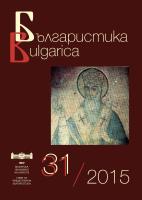
Научни форуми. 2015 г.
Data about scientific events in the field of the humanities in Bulgaria in 2015
More...We kindly inform you that, as long as the subject affiliation of our 300.000+ articles is in progress, you might get unsufficient or no results on your third level or second level search. In this case, please broaden your search criteria.

Data about scientific events in the field of the humanities in Bulgaria in 2015
More...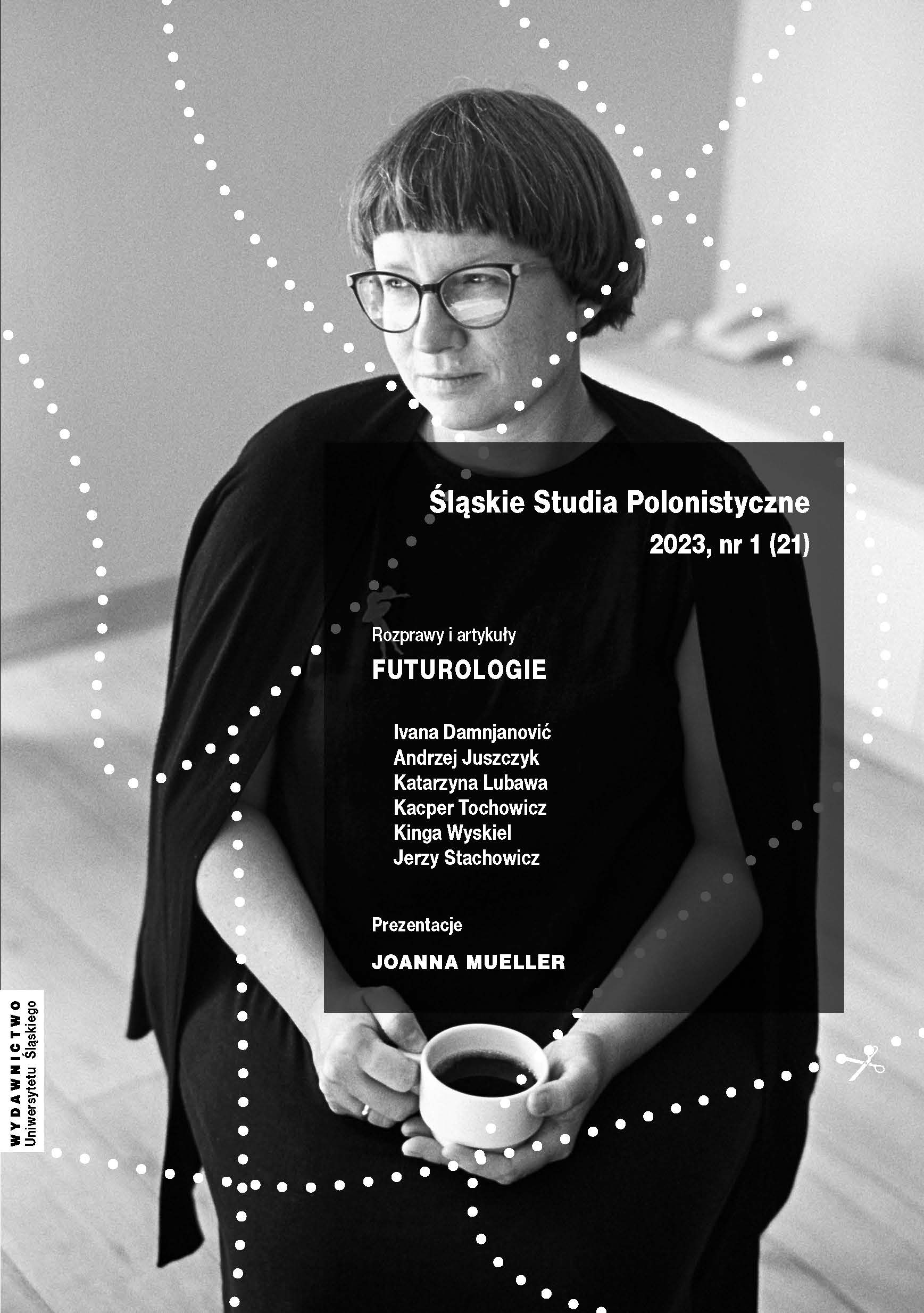
The article is devoted to the interpretation of selected motifs of Z. Po-wieść – the only strictly fictional work of the art critic and art theorist Mieczysław Porębski – in the context of Stefan Szymutko’s concepts and studies. This Silesian literary scholar was particularly interested in the works of Teodor Parnicki, with which the aforementioned “postmodern” historical novel is sometimes compared. Z. Po-wieść depicts the journey of the eponymous character, the reborn Z., through the history of European civilization. Such a plot illustrates the confrontation with “the great history” (history-being) and serves to create a certain overall vision. A comparative reading of Szymutko’s statements and Porębski’s book (as well as some of his other texts) highlights the problem of the relationship between history, reality and literature, which is particularly important for both protagonists of the article. While Szymutko clearly opposes literature (the domain of words) to empirical historical reality, Porębski vindicates the former as a tool for confronting historicity and defending individual existence. In spite of the cruelty of historical reality, artistic creation that corresponds with it allows for the achievement of catharsis and the only indelible “pleasure of history” (Szymutko’s formulation). According to Porębski, myth, like literature belonging to the so-called sphere of the third logical value, has a similar effect. And literaturę has the ability to give a mythic – timeless – actuality to what is incidental and ephemeral.
More...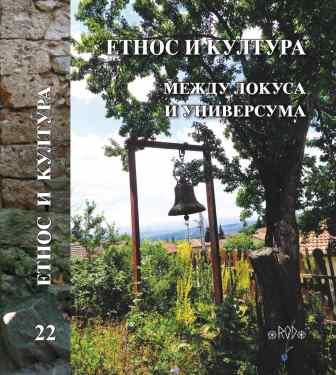
The village of Istibanja, Vinica region is an example of a village with a very strong connection with tradition and there is an active performance of customs throughout the year. This paper will present a part of the vocal tradition from this village, which represents a particularly significant fragment of the complexity and richness of Macedonian musical folklore. The focus of the paper will be on the male vocal tradition in which two-part singing occupies a special place. Special attention will be given to the analysis of the musical characteristics of examples of male two-part songs.
More...
Cameraless photography was born short after the invention of photography in the XIX century. Henry Fox Talbot is one of the pioneers of photography. He created cameraless photography called his works photogenic drawings. In the XX it`s associated mainly with Man Ray, Laslo Moholi-Nagi and Christian Schad. The article begins with description of some of the most popular ways to achieve this kind of photography. The author tries to trace the development of cameraless photography in Bulgaria by researching a photographer called Elisaveta Barkova. She is not well known because of her modesty and her early death in 1995.
More...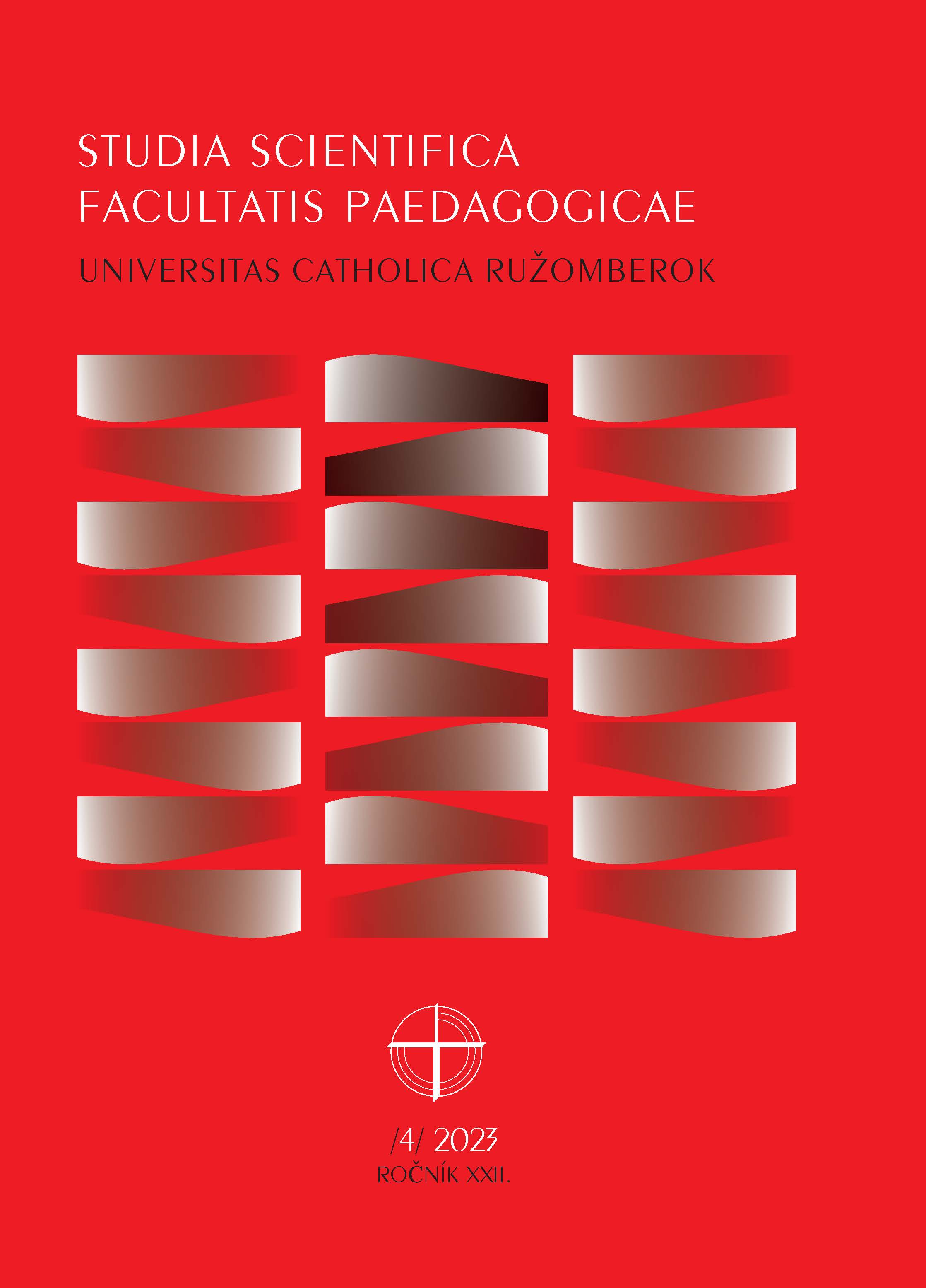
Slovak piano music of 21st century composers is quite extensive, so it is important to know how to navigate through it. The versatility and genre variation in this work is rich, yet relatively unknown to the music public. This is evidenced by the fact that we hear mostly old familiar pieces at music events. Also due to this, the use of instructive piano works by contemporary composers in the pedagogical process is relatively underrepresented. Our aim is not to map all the available literature, but to highlight that which meets the criteria for use in the pedagogical process.
More...
The issue of verifying the effects and possibilities of vocal and musical interventions in the development of the personality of a young learner is receiving more and more attention in the field of voice education. In the educational process, the direct influence of singing can positively affect the personality of a young learner in the field of cognitive development as well as in the field of developing emotional intelligence and other personality traits. The contribution reflects the quantitative-qualitative analysis of the results of the experimental verification of the effectiveness of voice interventions in the educational environment of a junior school pupil, which was aimed at improving the level of attention of pupils.
More...
The piano performance as a way of direct and live performance of a musical work has become the subject of many research studies which deal primarily on its artistic application. The article introduces a qualitative research of the teacher´s piano performance in relation to the acquisition of perceptual skills with an effort to take into account the specificities and benefits of piano performance in the context of the didactic practices of the music-pedagogical concept of Juraj Hatrik in primary musical education. The article reflects the description and results of the qualitative research realised by means of a multiple-case study – causal relation between the teacher's piano performance and perceptual skills of young learners.
More...
The article presents considerations showing the child's musical creative activity located in the space of early school education. The paper highlights artistic activities undertaken during creative music workshops carried out in integration with selected art areas. The efforts made by the verification studies led to the results that confirm the effectiveness of the assumptions made.
More...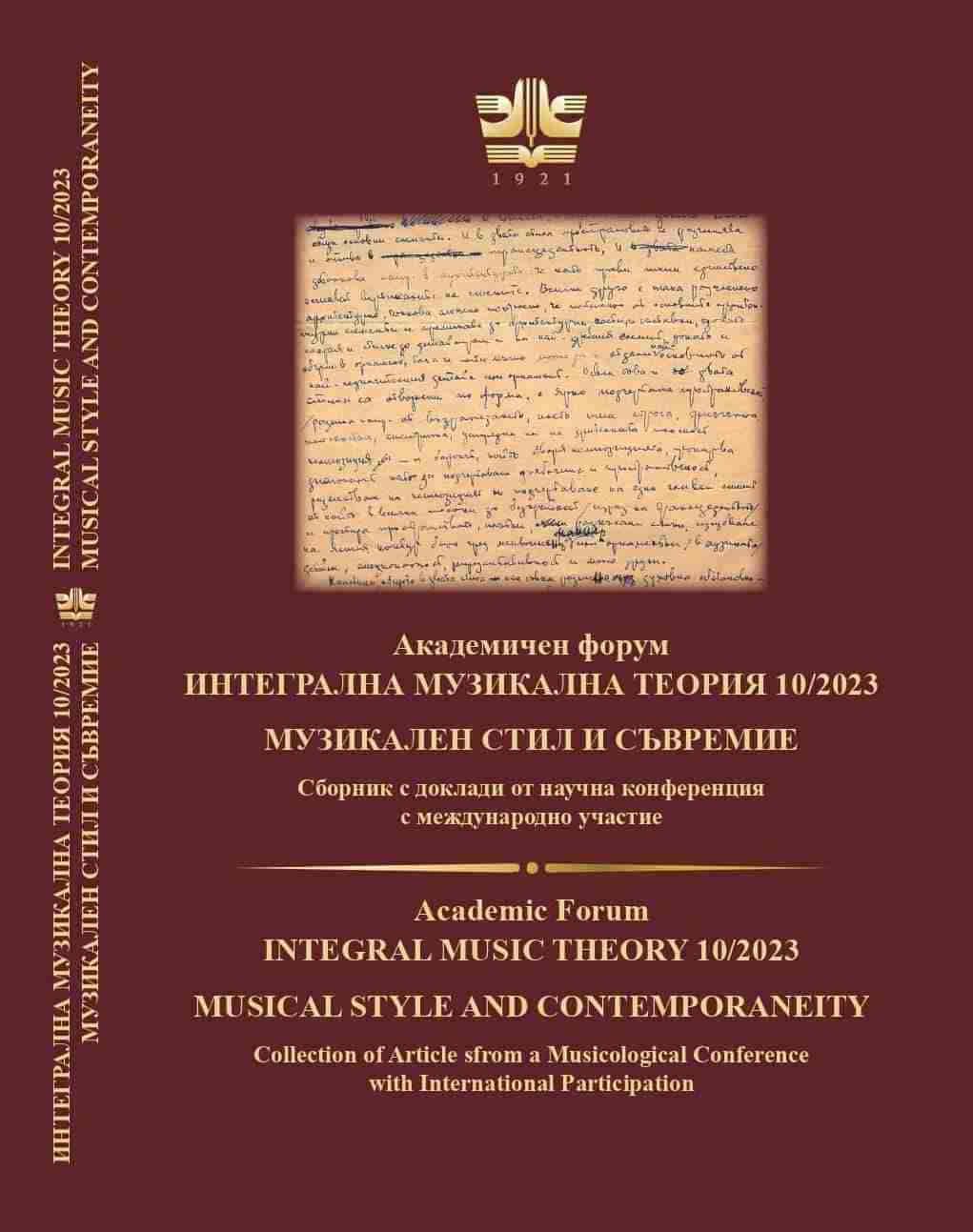
The article aims to analyze the phenomenon of music style in its historical evolution, as well as the principles of the emergence of stylistic invariants. Style acts as a predetermined structural-semantic entity and a means of arranging the sound matter. Invariants on different levels of musical speech are the subject of Firuz Ulmasov's works – I project the concept of invariants onto style. If in pre-Romantic music, including non-avant-garde modernism, the stylistic invariants possessed certain sufficiently definite musical meanings, serving as actual musical “words” – intonations, then the disintegrated matter as an invariant of avant-garde and post-avant-garde styles bears the meaning of negation of all the traditional (baroque-classical-romantic) connotations. On this basis, new meanings of the arranged chaos are built from the remains, which the listener should reveal after the composer.
More...
Bringing peace and quiet, music has always been an integral part of human life. Church music, in particular, creates strong bonds between people, uniting them all into a single body, with a single will and though of praising God. To enhance his feelings and emotions, man weaved music with prayer, because music represents a strong catalyst for communion with God. Music is a way out from daily routine and raising the soul to God, away from everyday worries and challenges. In the Romanian space, the practice of church music is closely related to the appearance of Christianity. Over time, church music schools have emerged especially in Țara Românească and Moldova, to prepare new protopsaltai and continue Byzantine tradition. The 19th century brings hrisantic reform, a simplification of the Byzantine music system, reform that will open new perspectives for Romanian church music.
More...
The history of the march as an applied genre and as a “genre within a genre” is a topic that has attracted the interest of many researchers from various perspectives. Examining this emblematic and relatively steadfast genre can unveil unexpectedly rich material for analysis through the lens of style. The focus is on marches found in operatic and concert works by Mozart, Verdi, Honegger and Vladigerov. The study encompasses both a historical-theoretical perspective and a pedagogical approach related to building competencies in the education of students – future music teachers.
More...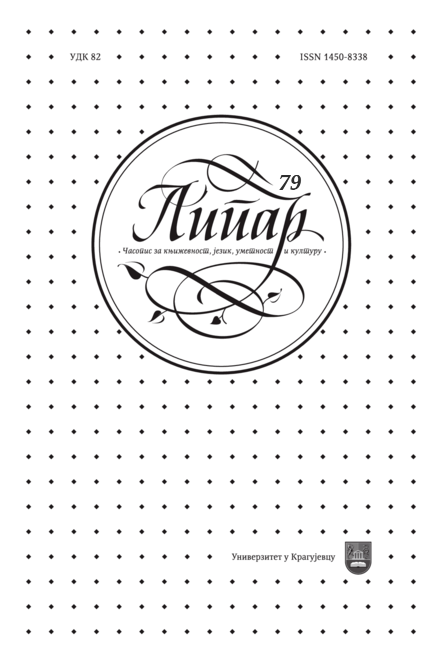
In this article, I deal with the anthropological and ontological aspects of Edward Zwick’s The Last Samurai. As far as the film’s anthropological aspect is concerned, I deal with the clash between the West and the East as present therein and, by showing that the film ascribes (ethi- cal) superiority to the dying Japanese feudal culture (i.e., the East), I conclude that it opposes the Western Civilization’s prevalent anthropological stance in the 19th century. As for the film’s ontological aspect, I deal with the question of god’s presence (or absence) in the events shown in it, and conclude that the film can be interpreted from both an atheist and a theist perspective. Apropos of the film’s pro-samurai anthropological aspect, I stress the primitivist utopianism of The Last Samurai.
More...
Although not the longest river in Europe, the Danube has always manifested her existence in a plurality of voices, forms and guises, tempting leaders due to her strategic geographic position and the promise of abundance, thus risking to become a bone of contention on political maps, while revealing herself as an enchantress of colours and shades, of sounds and wor(l)ds beautifully blended in spectacular artistic creations that bring her to the fore. Starting from black-and-white snapshots of the Danube, this paper looks into her occurrences as a Shape Shifter, an Alchemist, a Collector and an Art Muse as they are embodied within literary and/or artistic records.
More...
The paper starts with the psychoanalytic Lacanian difference between Real and reality, to redefine the relations between reality itself, as a real image, and the Imaginary. It insists on the inversion of the relations between Knowledge and the Subject, which Lacan analyzes in Crucial Problems for Psychoanalysis, and clarifies the role of Cartesian doubt as a symptom in the constitution of the modern subject. The division of knowledge between the signifier and the signified thus explains the function of the dream, but also the limits of this function in the particular case of the nightmare, as the return of the Symbolic in the Real.
More...
This document is an analysis of a play made by the author himself.Therefore, we are dealing with self-analytical research, a way in which the playwright does not necessarily try to explain the potential stage failure of his text,but rather the relationship of the Demiurge with his creative “demons”. The reasonsfor the choice of plot are subjective, and the struggle, the real struggle, that theplaywright faced was to achieve objectivity, a goal that proved to be difficult, if notimpossible, to obtain. If our study lacks “scientific rigor”, it compensates in termsof sincerity, the methodological tool without which the mysteries of the unconsciousremain forever hidden from the lucid mind. In the following pages, we will retrace,writing via words, a “nightmare of repeated transformations” to which the Subjecthas been exposed to, by a dramatist who, even though he is a stranger to himself, hewishes to offer the public the necessary, the essential, the truth. For this reason, we believe that the absence of bibliographical references does not make our research poorer in content, but rather recommends it as an original study.
More...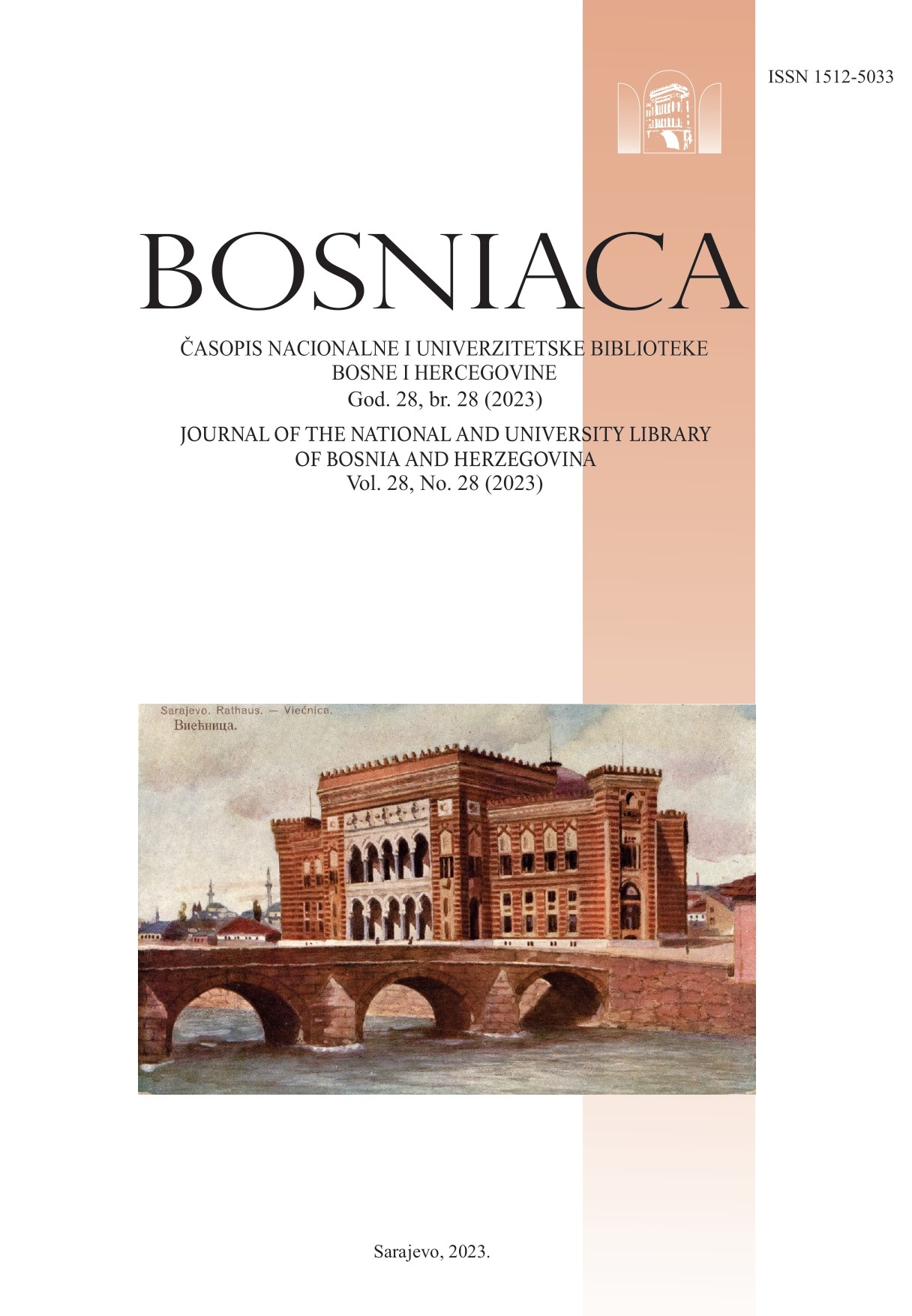
This paper represents the conservation-restoration process of the oriental manuscript in the Turkish language, Aṭ-Ṭāriqa al-Muḥammadiyya. The manuscript is stored in the library of the Tekke Mesudija which has very important old and rare book materials, among which oriental manuscripts hold a special place. The goal of the restoration was to restore the functionality of the binding and preserve the texts. The restoration treatments included: mechanical and chemical cleaning of the pages, repairing a missing portion of a page with Japanese paper, sewing the forms into the bookblock, embroidering the endband, and restoring the original covers. Conservation-restoration documentation with a proposal on the handling and preventive conservation of manuscripts was also prepared.
More...
The paper approaches the theme of nightmare in two classical short films by Akira Kurosawa and Masaki Kobayashi, by way of Lacanian psychoanalysis. Ianalyze Freud’s theory of dreams together with Lacan’s reinterpretation of it,considering an indescribable memory of the nightmare that belongs to the Other asa radical lack. Relating to the navel of the dream and to the mystery surrounding itand blurring the already thin borders between sleep and awakening, all these key dimensions of the nightmare stand for its impossibility to be defined, thus intertwining life and death by way of the rigorously portrayed uncanny from theJapanese cinema.
More...
This article attempts to debate the possibility of choice based on the relationship that is established between the concepts of avoidance and defence (or adaptation) from a psychoanalytic and an experiential perspective in a context where the filmic fairy tale proposed for analysis has this capacity to deliver a double dimensionality in relation to the realities to which Ofelia has access. The experienceof the nightmare in this noir fairy tale seems like a choice that is bound up with thelack of morality of the objective real and an ethic of salvation that defines thefantastic. My interpretative approach will be based on the principle of suspension of disbelief supported by the general atmosphere of a clinical picture of thecharacters with which Ofelia comes into contact throughout the film and accordingto whose actions she will understand the relationship between the two probabilities that contribute substantially to defining the limits of the nightmare experience.
More...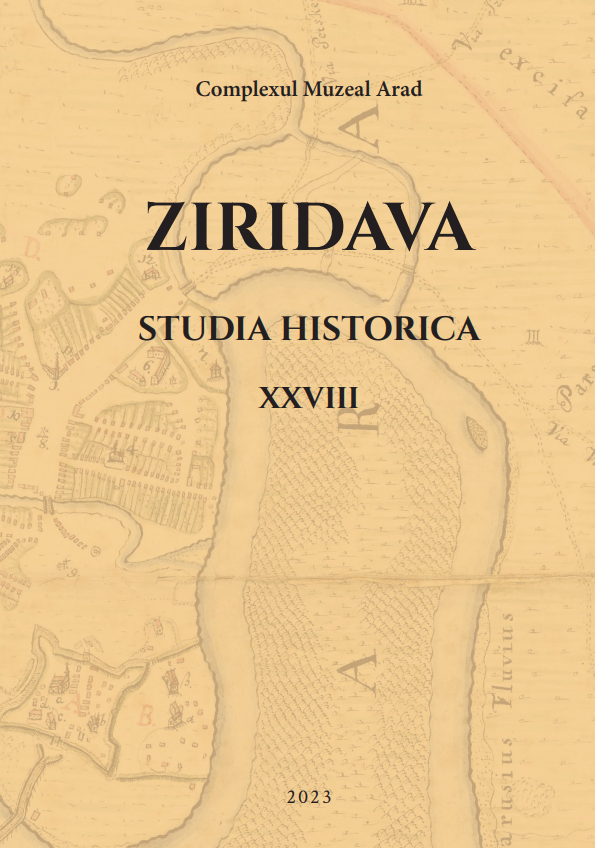
We often think that coats of arms are elements that identify their wearers in the Middle Ages. However, these heraldic visual designs are used even in later periods of history up to the present day. It is for this purpose that we have chosen to study this often forgotten subject and link it with other symbols for a first analysis of the armorial achievement of the 17th century owners of the Maisons Castle, Rene de Longueil and Madeleine Boulenc de Crevecoeur, who placed the order for the construction of this historical monument today. The composition of these two family and their armorial achievement construction is very complex and deserves our full attention. Starting from their original location on the inside and outside parts of the structure, passing through heraldic elements and examining it’s field, charge and escutcheon of the coat of arms, analyzing the compartment, supporters and other symbolic signs, finalizing by understanding the cultural heritage and the identity of the named family.
More...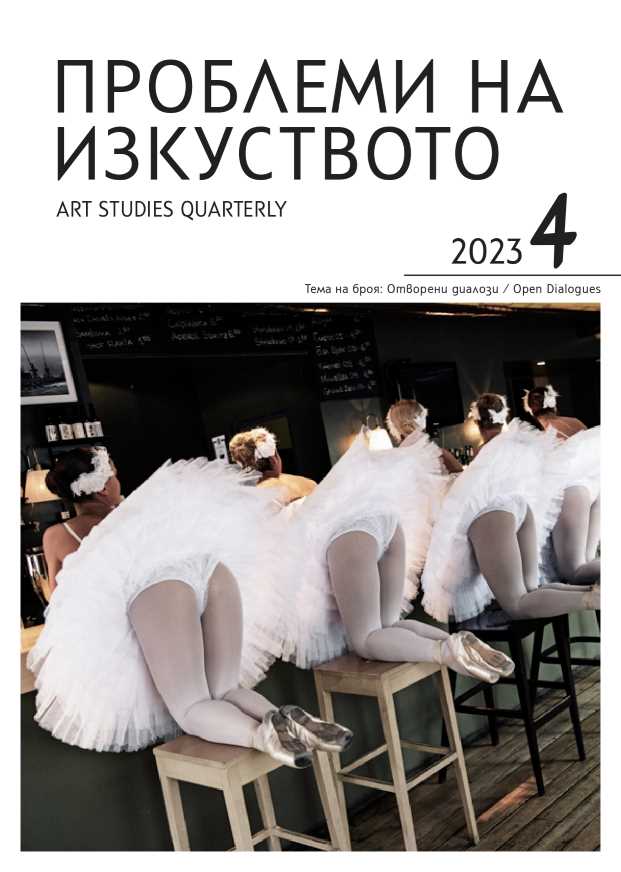
The study examines terms and concepts of reception theories by Vodička and Jauss in the field of literary studies and linguistics. In the course of the research, it was confirmed that concepts from Vodička’s theory of reception and search-es of scholars from the Prague Linguistic Circle contributed to the creation of Jauss’s reception theory. The text outlines circumstances, novel for Bulgarian musicology and theatre studies, regarding the influence of reception theories on Japanese re-search in the field of literary studies and linguistics as well as on Japanese research on various arts: literature, music, theatre, fine arts, etc. Intersections between terms of reception theories adopted in other research fields such as semiotics, sociology, musicology, theatre studies, etc., as well as Japanese publications on different arts are also outlined for the first time.
More...